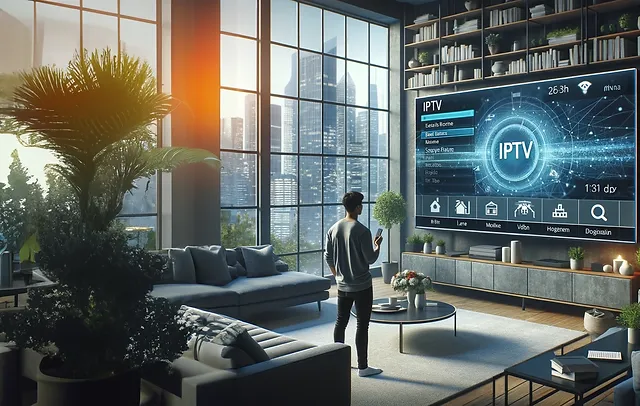The dehumidifier runs continually when it is used to dry out materials and structures. osuszanie budynków Gdansk as the relative humidity progressively decreases, more moisture from the room’s damp components can evaporate. The rate of evaporation is influenced by the materials, the materials’ temperature, and the air’s humidity. Condensate drying has the stable and gentle drying process as one of its benefits. The ideal dehumidification process is accomplished by keeping the space at 20°C and roughly 40% RH if time is not a major consideration. By doing so, you can maintain a precise equilibrium between the moist building materials and the dry building air, preventing surface drying, cavitation, and damage to pre-dried materials like parquet floors. If additional heat is required, do so, but be aware that rushing the drying process could be detrimental. As a result, there is a risk of surface drying and cavitation, which only dries surfaces and leaves a lot of dampness behind the dry surface inside the wall. Due to the dry surface’s resistance to moisture penetration, this extends the drying time. The likelihood of surface cracks forming increases as surfaces including walls, ceilings, and floors are dried. The space/building must be as tightly sealed as possible. Additionally, check to see that the facility is adequately shielded from snow and rain. While painting within a structure, ventilation is necessary, but when the space is vacant, don’t forget to properly seal it off. Additionally, keep in mind to prevent pre-dried fabrics from gathering moisture from open windows.

The drying process is difficult to regulate if the air change inside the space is uncontrolled due to the varying ambient temperature and humidity levels. Wintertime air is typically dry, therefore even if there is a significant change in the air, it is unlikely that the humidity will rise significantly. However, as you must warm up the chilly incoming air, energy consumption will sharply increase. In the summer, the water content may be rather high, and if the building or room is not well sealed off, you will need to remove even more water from it.







